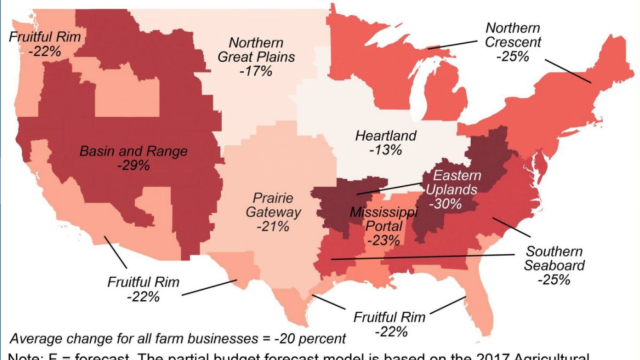Stem cells help restore damaged teeth, new study finds

Photo credit: Isaac Castillejos on Unsplash
- A new study demonstrates that stem cells from baby teeth can be used to repair damaged permanent teeth in young children.
- The findings suggest a new treatment for childhood dental issues may be around the corner.
- The treatment’s potential applications go much further than just dental health.
Half of all children suffer some kind of dental injury while young. Sometimes the damage isn’t to the baby teeth they will lose anyway, but to the permanent adult teeth lying below the gums that they will need for the rest of their lives. In some cases, trauma can cut off the blood supply to a tooth and rot out the living pulp inside it; a condition called “pulp necrosis.” This condition often leads to the loss of the tooth. While treatment exists, it is often unsatisfactory.

Few people really like going to the dentist. This new treatment might reduce the need for the less pleasant treatments.
(Getty images)
But stem cells might do the trick.
A new clinical trial by Yan Jin, Kun Xuan, and Bei Li of the Fourth Military Medicine University in Xi’an, China and Songtao Shi of the University of Pennsylvania’s School of Dental Medicine demonstrates how to repair teeth suffering from pulp necrosis by taking stem cells from the patient’s baby teeth.
The study, carried out in China on 40 children who had both damaged adult teeth and baby teeth that had yet to fall out, was published in the journal Science Translational Medicine.The test subjects were selected to either receive the new treatment or an older treatment called apexification, which attempts to address the issue by encouraging root development. This was considered the control group.
The patients who received the stem cell treatment, called human deciduous pulp stem cell (hDPSC) treatment, had pulp tissue taken out of one of their healthy baby teeth. This pulp is rich in stem cells. The cells were grown in a lab and then placed into the injured adult tooth. The hope was that the stem cells would encourage the growth of new pulp inside the tooth.
Follow-ups were carried out for up to three years. The patients who had received the hDPSC treatment showed better blood flow in their teeth, better root systems, and thicker dentin than the patents who underwent the traditional procedure. They also had recovered sensation in their teeth, while the control group had not. The use of a patient’s own cells in the treatment also reduced the risk of their body rejecting the therapy, making the concept even more attractive.
“This treatment gives patients sensation back in their teeth. If you give them a warm or cold stimulation, they can feel it; they have living teeth again,” Dr. Shi told Penn Today. “For me, the results are very exciting. To see something we discovered take a step forward to potentially become a routine therapy in the clinic is gratifying.”
What applications will this have?
Before you get too excited, the research is still in the early stages. The problem of how to treat adults with dental problems after they have no more baby teeth to take stem cells from still remains unsolved. It will also be some time before the dental treatment gets approval for use in the United States, so don’t hold your breath for getting a stem cell boost to your smile just yet.
Many children suffer dental injuries that can have a lasting impact later in life, often leading to the loss of permanent teeth. This can lead to a loss of self-esteem, speech issues, and jaw problems. This new treatment option, while currently limited to very young children, could provide a breakthrough in dental care. The potential applications for treating systemic diseases such as lupus are also promising.
“We’re really eager to see what we can do in the dental field, and then building on that to open up channels for systemic disease therapy,” Dr. Shi said.





